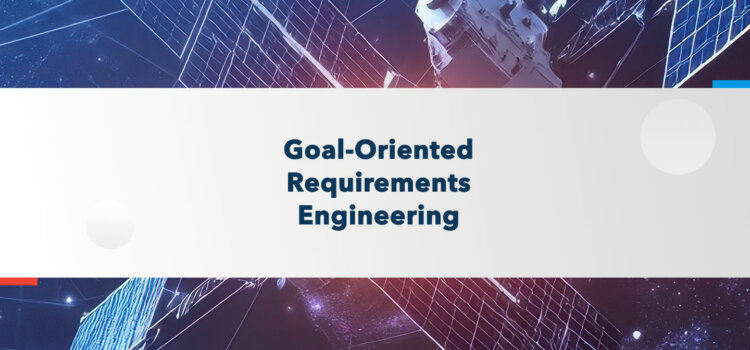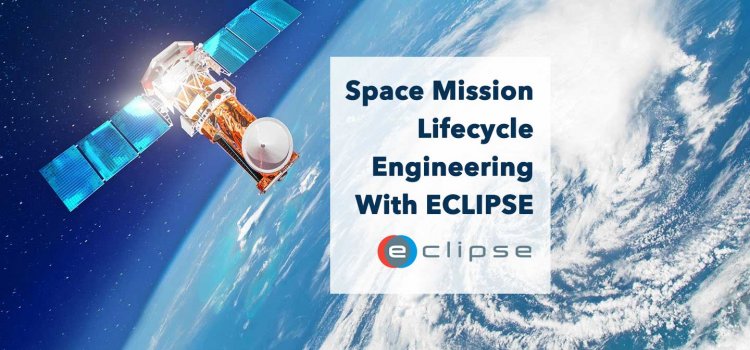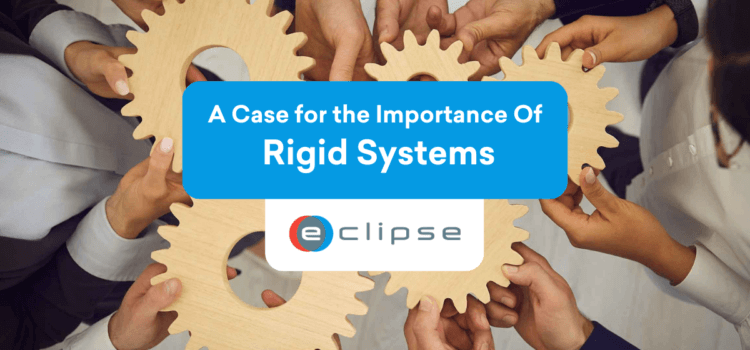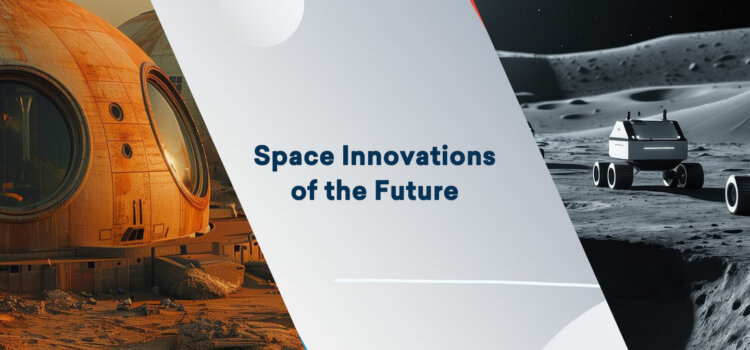
50 Space Technologies that ARE or CAN be developed with help of ECLIPSE
17 Feb, 2025
Discover 50 cutting-edge space technologies that could define the future of the space industry. Some are already in development, while others remain theoretical. This list covers advancements in propulsion, space exploration, satellite technology, planetary defense, and more. Each category includes links for further exploration.
Propulsion Technology
- Propulsion Systems: Developing electric and nuclear propulsion to enhance spacecraft speed and efficiency.
- Reusable Rocket Technologies: Technologies enabling rocket recovery and refurbishment to reduce space travel costs.
- Ion Thruster Systems: Efficient thrust systems using electric fields to accelerate ions, suitable for long-duration missions.
- Nuclear Propulsion for Deep Space: Nuclear reactions could be used to accelerate travel to distant destinations within our solar system.
- Solar Sail Technologies: Utilizing thin, reflective materials to capture solar photons for propulsion.
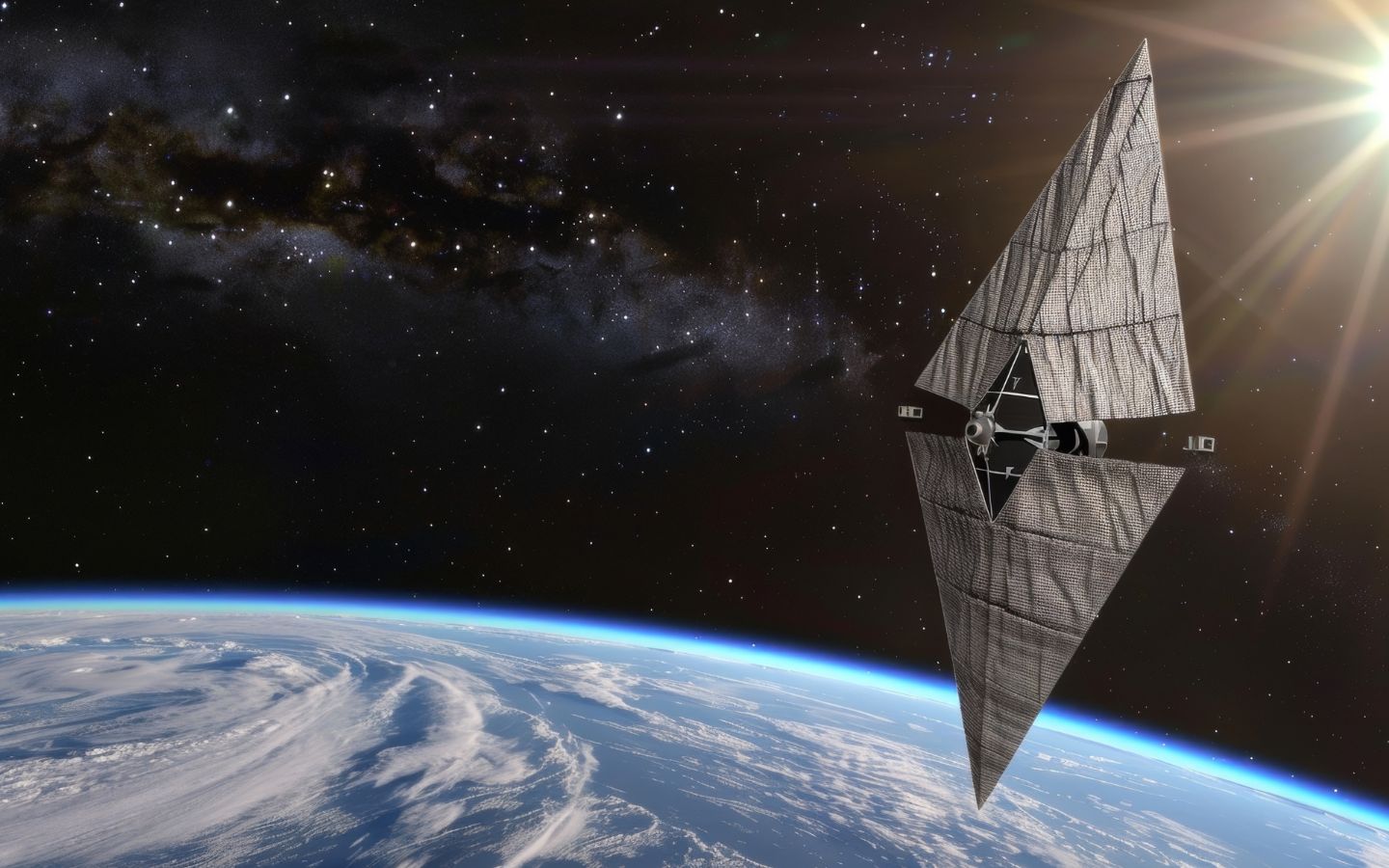
Human Spaceflight
- Space Tugs: Vehicles designed for satellite orbit adjustments and safe de-orbiting operations.
- Space Tourism Infrastructure: Developing technologies to support the emerging commercial space travel industry.
- Space Settlement Technology: Creating self-sustaining living environments for extended space missions.
- Lunar Habitation: Establishing durable and sustainable habitats for human activities on the Moon.
- Regenerative Life Support Systems: Systems for sustainable oxygen and food production on Mars and other planets.
- Artificial Gravity Technologies: Developing habitats that simulate Earth-like gravity to counteract the effects of microgravity.
- Inflatable Space Habitats: Developing modules that expand in space to provide habitable volumes.

Satellite Technology
- Satellite Constellation: Tools and methodologies for managing large satellite networks for comprehensive global coverage.
- Satellite Imagery Technology: Incorporating hyper spectral sensors for applications such as environmental monitoring and resource management.
- Quantum Communications in Space: Secure, quantum mechanics-based communication systems for tamper-proof data transfers.
- Advanced Space Telecommunication: Enhancing communication bandwidth and security between spacecraft and terrestrial networks.
- Satellite Internet: Enhancing remote communication capabilities.
- Laser Satellite Communication: Secure, high-speed optical communication systems for enhanced space data transmission.
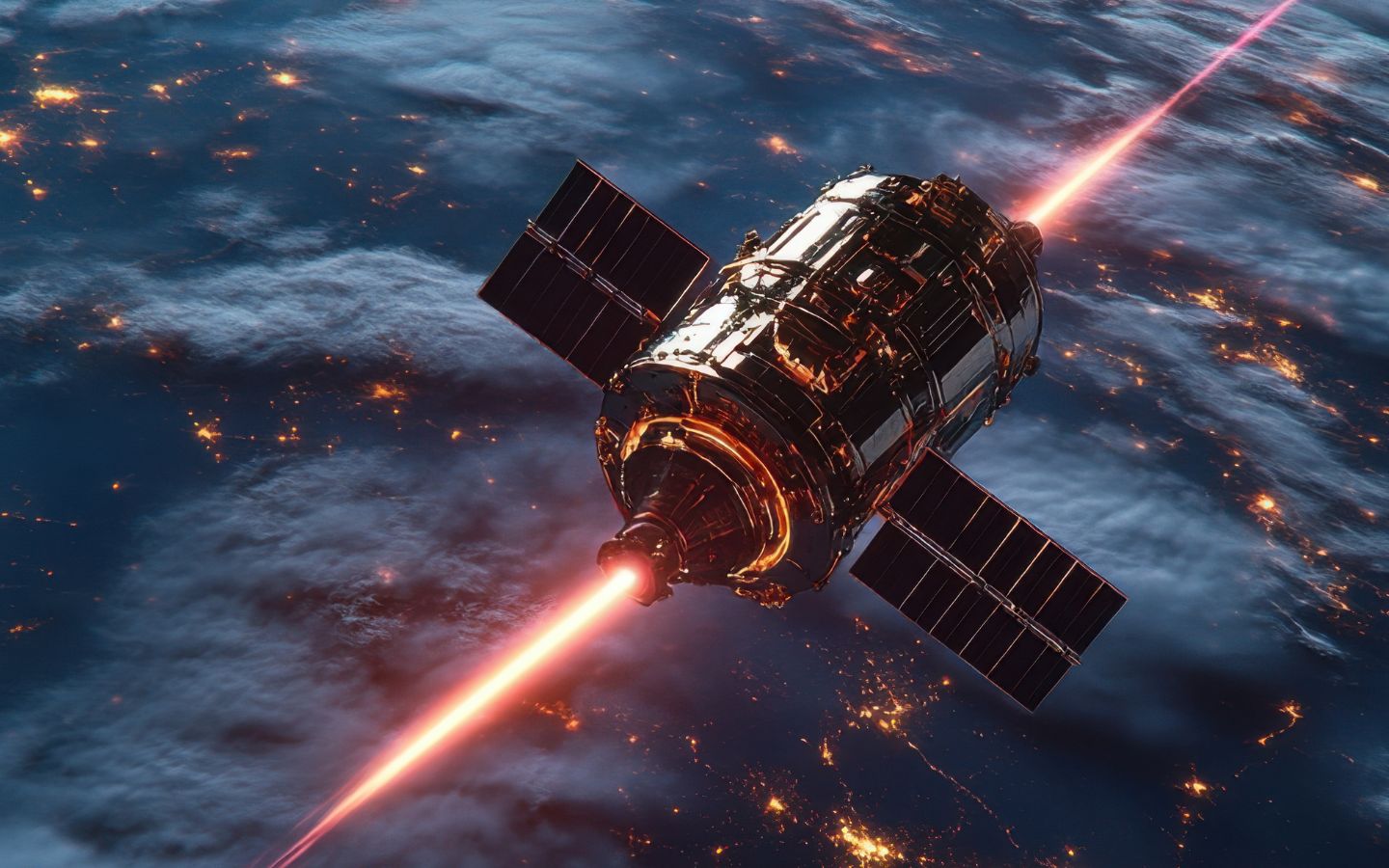
Robotics and Automation
- Space Robots: Implementing robotics to perform repairs, construction, and exploration tasks.
- Swarm Robotics for Space Applications: Deploying groups of robots for collective tasks like assembly and maintenance.
- Rovers: Autonomous or remotely operated vehicles designed to move across the surface of planets, moons, or asteroids.
- Robotic Arms: Used on space stations and rovers for tasks like repairs, experiments, and manipulation of objects in space.
- Autonomous Navigation Systems: These systems allow spacecraft to navigate independently without real-time input, crucial when delays occur.
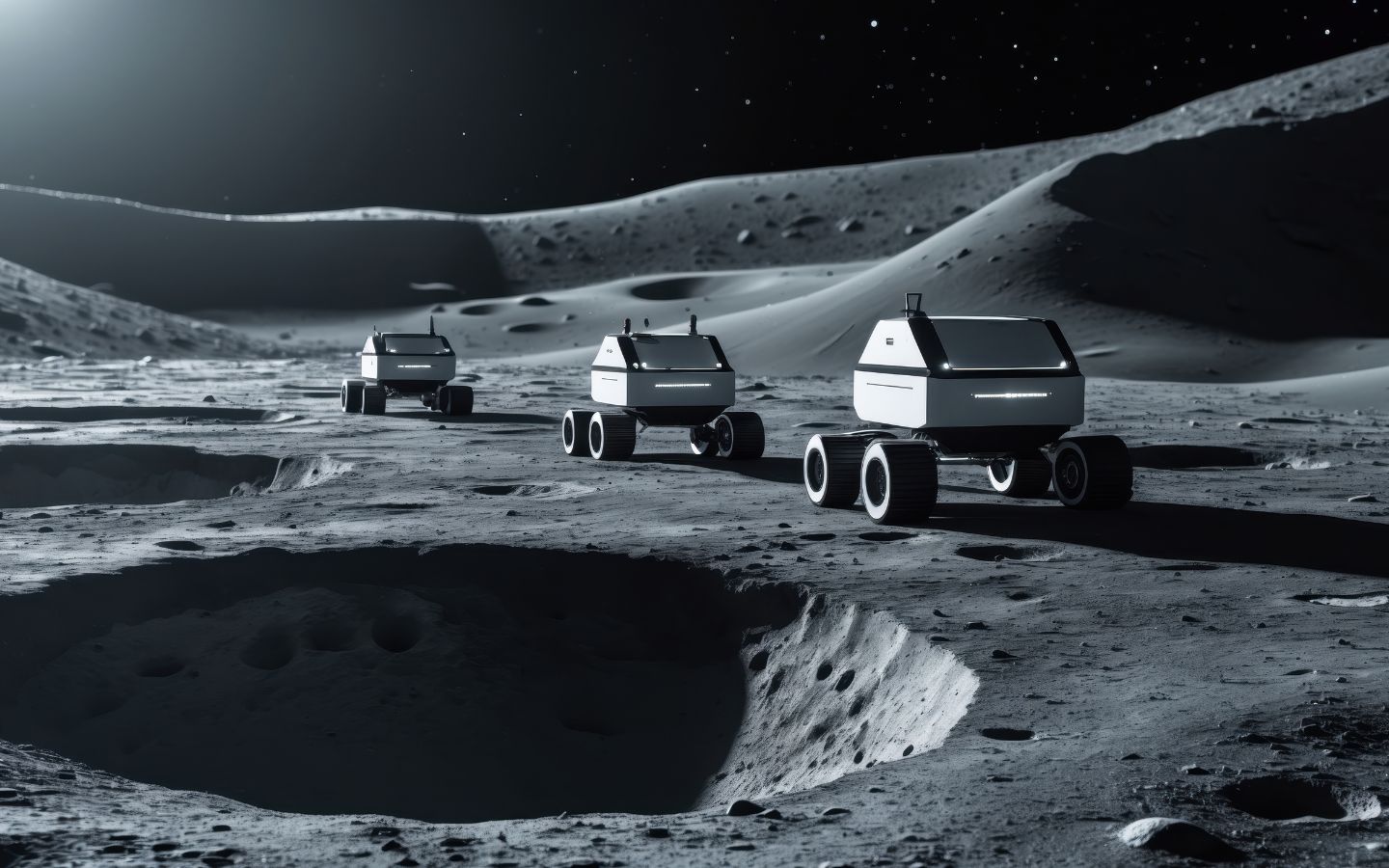
Space Resources
- Space-based Solar Power: Technologies for collecting and transmitting solar energy from space to Earth.
- Cryogenic Propellant Management: Advanced solutions for storing and managing cryogenic fuels critical for deep-space exploration.
- In Situ Resource Utilization: Developing methods to extract and use moon and planetary resources for construction and life support.
- Ultra-lightweight Materials for Space: Creating new materials that enhance spacecraft performance and efficiency.
- Asteroid Mining: Techniques for mining asteroids to harvest valuable materials.
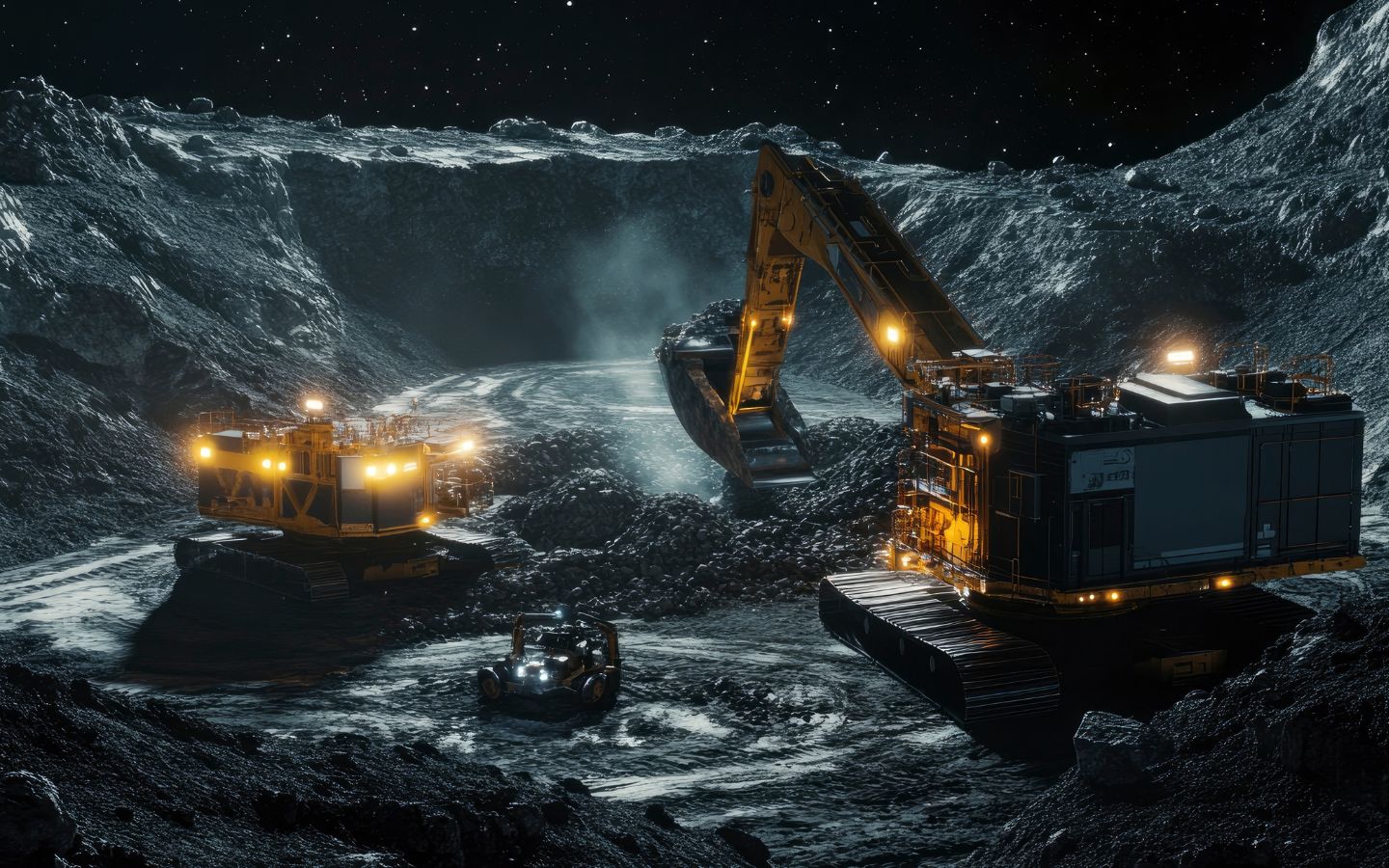
Exploration and Science
- Dark Universe Exploration: Developing missions to study dark matter and dark energy components of the universe.
- Interstellar Travel: Developing craft capable of sending data back from beyond our solar system.
- Detecting Exoplanets: Tools for exploring the distant regions of outer space.
- Deep Space Navigation: Utilizing pulsars and other celestial markers for precise navigation.
- Gravimetry: Measuring variations in planetary gravity to study internal structures and inform geological models.
- Mercury Surface Exploration: Investigating the composition and atmosphere of Mercury through advanced technological platforms.
- Next-Generation Space Telescopes: Collaborating on large space observatories to explore the early phases of the universe.
- Technologies for Mars Surface Analysis: Focusing on detecting past microbial life and assessing current conditions on Mars.
- Gravitational Wave Detection: Deploying space-based instruments to detect and analyze cosmic gravitational waves.
- Exoplanet Characterization: Techniques for studying the size, composition, and atmospheres of distant planets.
- Solar Observation Technologies: Tools for studying the sun’s environment and its influence on the solar system.
- Deep Space Exploration: Aimed at exploring the outer planets and their moons.

Earth and Environmental Monitoring
- Remote Sensing: Detecting and monitoring the characteristics of an area by measuring its reflected and emitted radiation at a distance
- Earth Observation Systems: High-resolution imaging systems providing real-time, detailed environmental data.
- Planetary Atmosphere Analysis: Developing technologies to study and analyze the atmospheres of other planets in our solar system.
- Climate Monitoring Satellites: Specialized satellites dedicated to monitoring global climate patterns and atmospheric changes.
Safety
- Atmospheric Entry Technologies: Developing advanced materials and technologies for safe planetary re-entry.
- Planetary Defense: Systems designed to detect and deflect potentially hazardous asteroids and comets.
- Space Debris Monitoring and Mitigation: Technologies aimed at identifying and removing space debris.

Infrastructure
- Ground Control Station Technology: These facilities are crucial for tracking, communicating, and controlling space missions.
- Data Handling and Storage: Ground stations must have the capability to handle large volumes of data received from satellites
- Antenna and Array Systems: These are the primary components of ground stations, used for communication with spacecraft.
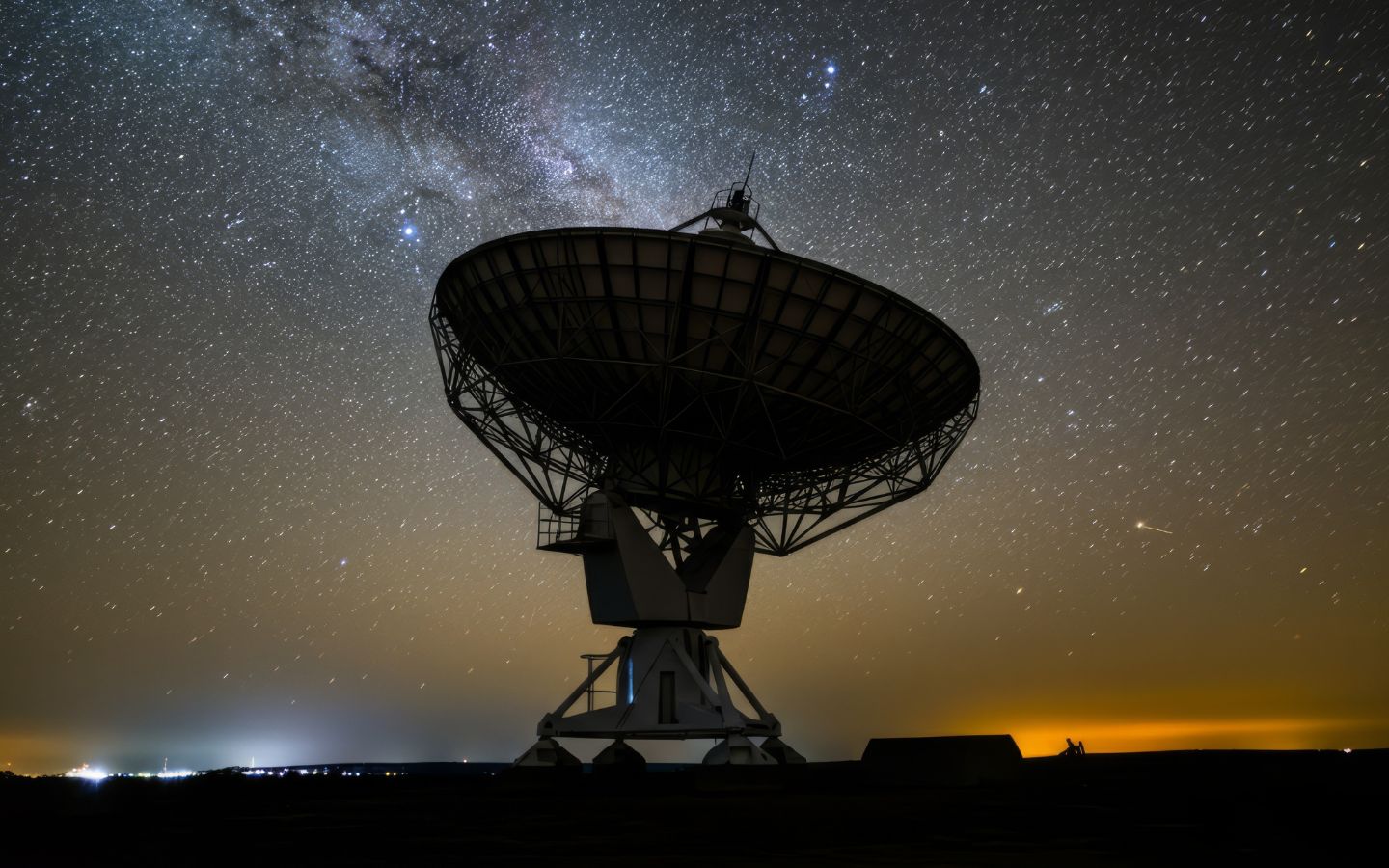
Conclusion
We hope you have enjoyed reading this list, we have included many real world space technologies, therefore we didn’t include the space ladder (let us know when we should). ECLIPSE Software Suite can also be central to your content and product management, enhancing precision and efficiency across the space/aerospace industry. Discover more about the software and contact us when you want to get more information.
Created by Desmond Gardeslen

